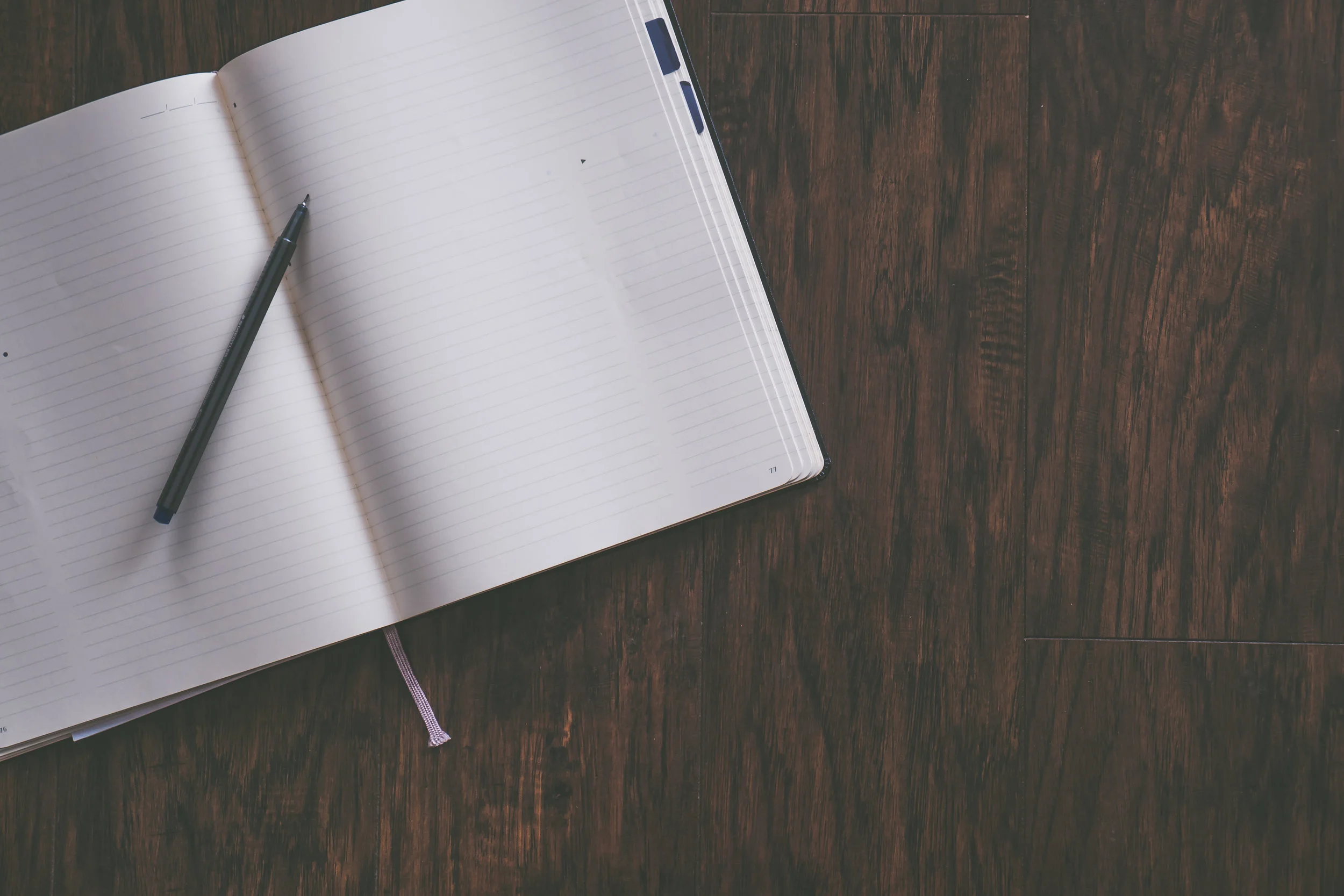Back in the days of answering machines (yikes!), I had a message, ”thought for the day . . . the definition of responsibility is the ability to respond.”
In the subsequent years I have come to the understanding of how truly ”potent” one’s ability to respond accordingly is. Dr. Feldenkrais wrote one of his books, ”The Potent Self “ on the subject.
In today’s world the meaning of responsibility has taken on a burdensome connotation. People often feel overwhelmed when faced with the notion of responsibility. What if we could change our ability to respond? How can we do that?
We must begin with our own actions and reactions. Rediscovering how to sense and observe ourselves in action gives us the opportunity to explore other options. We use movement as a way to discover different possibilities of acting and reacting which increases neuroplasticity. Our brain then develops new or renewed options for responding.
An infamous quote by Dr Feldenkrais says “if you don’t know what you are doing, you will never be able to do what you want.” Improving your capacity to act and react, you can become a more “potent” self, giving you the ability to respond in an efficient and effective way!









